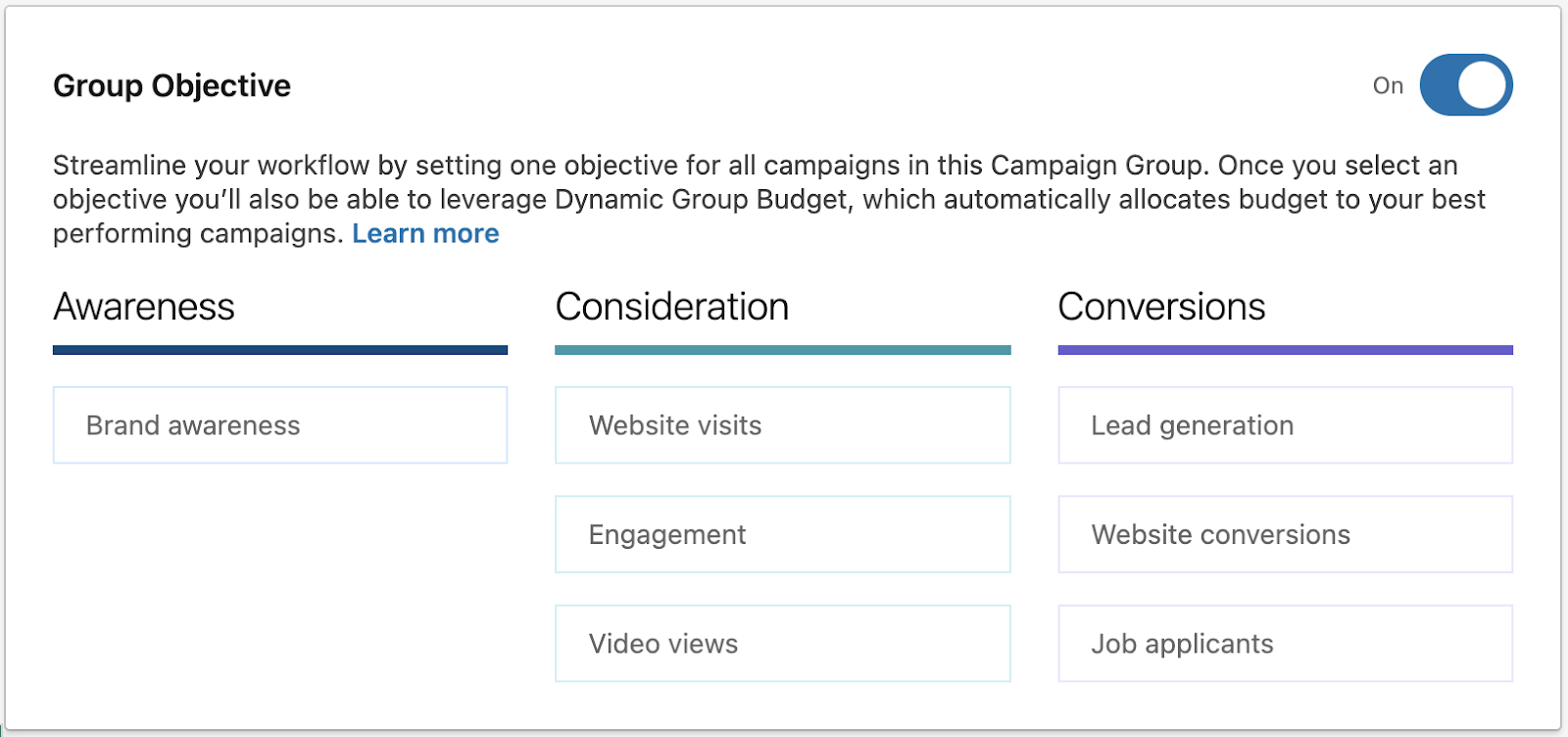Curious about the impact a B2B platform tailored for professionals can have on your B2C business?
LinkedIn is often seen as a platform for "businesses" rather than "consumers".
But behind each LinkedIn user is an individual, over 950 million of them worldwide.
The ads you run (when done right) can turn them into your most valuable customers.
In this article I will share how to create LinkedIn ads that target vegan audiences so you can have more people using your products.
Before I dive in, you must know that you don’t need to spread yourself thin and utilize many different ad platforms to create more success for your business.
You really only need one platform to help you get more and more customers.
Running LinkedIn ads can help you achieve just that.
Types Of LinkedIn Ads
There are six different LinkedIn ad types:
- Sponsored content
- Text ads
- Sponsored InMail
- Display ads
- Dynamic ads
- Video ads
Which One Should You Start With?
For driving conversions, sponsored content and video ads are often considered more impactful.
Here’s why…
Sponsored Content
- Format: This appears in the LinkedIn feed as native posts.
- Advantages: Allows for detailed product descriptions and visuals directly in the feed to communicate your product effectively.
Video ads
- Format: Video ads include engaging video content that appears in the LinkedIn feed.
- Advantages: Captures attention with dynamic visuals and storytelling.

Select website conversions, to reach people who are likely to buy your product.
LinkedIn’s user base is ideal if you’re looking for a demographic with disposable income.
And you might want to consider targeting individuals with higher education levels (depending on your product), as they might be more conscious of health and ethical choices.
Industry Job Titles
Target individuals working in industries associated with veganism, such as plant-based food production, sustainable agriculture, or environmental organizations.
Look for job titles that may indicate an interest in veganism, such as "plant-based nutritionist," "vegan chef," or "sustainable food advocate”
Groups And Interests
Explore LinkedIn Groups related to veganism, plant-based living, or sustainable practices. And target individuals who are members of these groups or have expressed interest in vegan-related topics.
Use interest-based targeting to reach professionals who follow influencers or organizations promoting vegan lifestyles.
Education Level & Field Of Study
Target individuals with specific educational backgrounds, such as nutrition, environmental science, or sustainability, as these individuals may be more likely to align with vegan values.
Whether you’re doing sponsored content or video ads, your ad copy needs to communicate your offer effectively.
The whole aim of your copy is to get people to the next stage of the funnel (your landing page) and let the page sell your product.
Don’t mention how amazing your product is. Just call out their pain points and mention how your product is their solution.
And they will listen to your call to action (CTA).
Introductory Text
Pain: Choose one of the following sentences for your hook:
- “Ever wish [ideal outcome]?”
- “Tired of [problem]”
- “Are you struggling to [ideal outcome]”
Benefit & CTA: Get [product] to experience [benefit].
In your introductory text, you’ve got 125 visible characters. That gives you about 17 - 30 words to capture your audience’s attention before they have to click “see more”.
Headline
You have 200 characters for your headline, but to fully display on mobile devices you should keep it under 70.
Here are some formulas you can use:
- The [desired result] That [world class example] Is Talking About
- Join [impressive number] of Your Peers that [take desired action]
- [desired result] Like A [desired group or person]
- How [impressive number] Got [desired result] in [time period]
- Like [world class example] You Can [desired result]
- Why [impressive number] of People are [taking desired action]
- A Simple Way To [desired result] That Works For [desired group/person]
- How to [desired result] Like [world class example]
Description
The description has 300 characters which should share a quick summary of either your product, brand, or offer.
Use 100 characters to avoid truncation on mobile.
In the description, make every character count. Use the 100 characters to provide a concise and compelling summary of your product, brand, or offer.
Here you can also craft a message that complements your headline, emphasizing key selling points and encouraging immediate action.
CTA
You should consider having a “Learn More” CTA if you have a sales objective for your LinkedIn ad:
This is less direct than other CTAs, but it can be used to capture potential customers who simply just need more information or more options.
The success of your ad comes down to testing a range of different ones.
Your goal is to identify a winning ad that is producing the best results for you.
And once you uncover it.
You can produce different variations that are very similar to your winning ad.
But each time you create a new one, make sure you’re improving one (or more) element mentioned below. So you can pinpoint exactly why it outperforms your other ads.
What To Test?
Ad copy, description, headline, or targeting.
Each new ad you create should be slightly different.
This will help you pinpoint exactly what people are reacting to, so you can rinse and repeat the success of your ad campaigns.
Ad Copy:
- Test variations in headline text, ad copy, and call-to-action (CTA) wording.
Visuals:
- Test different images or graphics to see which visuals capture the audience's attention.
Targeting:
- Experiment with audience targeting options, including job titles, industries, interests, and demographics. Avoid testing too many at once to maintain clarity in your results.
Ad Placement:
- Test the performance of your ads in different placements across LinkedIn, including in-stream, sponsored content, and the right rail.
We can’t always predict exactly what the market will respond to…
That’s why testing is so important.
The quicker you test, the sooner your success will arrive.
